The campy, vampire dramedy True Blood made its debut on HBO in 2008 to considerable acclaim, quickly becoming one of the network’s hit shows. However, reflecting on the series 15 years later reveals certain aspects that may have gone unnoticed during the initial viewing, highlighting the evolution of perspectives and societal changes since its premiere. When it first aired, True Blood stood out as a groundbreaking twisted take on supernatural fiction, garnering praise for interweaving metaphorical social commentary with colorful fantasy. Set in the vividly rendered Louisiana setting of Bon Temps, the show centered around telepathic waitress Sookie Stackhouse and her dangerous entanglements with the newly-public vampire population.
For all seven seasons of True Blood, the show grew into a hit. However, as the show continued, critical analysis reveals that the once-inspired storylines and commentary grew increasingly nonsensical. The tangible decline in narrative quality over seven seasons of tangled, unsatisfying plot threads illustrates the difficulty of sustaining innovation over long-running series. In the 15 years since debuting, changing social norms have also amplified elements that now read as problematic. Characters and situations that were once thought to be romantic and charming are now seen through new lenses. While still holding influence as a genre trailblazer, time has exposed some of True Blood’s flaws, as well as hidden gems.
10 Jason Stackhouse Was The Most Developed Character
Was a fully developed character despite being a caricature
Revisiting the show years later, Jason Stackhouse, a character often utilized for comic relief as Sookie’s dimwitted brother, was actually True Blood‘s most dynamic character. Initially introduced as a shallow womanizer, Jason grew into a responsible, loyal man who found purpose in becoming a cop. By seriously tackling trauma and grief, Jason gradually shed his one-note caricature, demonstrating evolution typically reserved for protagonists. His character arc brought underappreciated depth to a show overloaded with supernatural beings. Upon reflection, Jason’s earnest characterization amid outlandish scenarios grounded the show in genuine human connection. Taken for granted during the initial run, his substantial growth provided True Blood with its most consistent emotional core.
9 Tara Thorton Deserved Better
A perpetual victim afforded little redemption
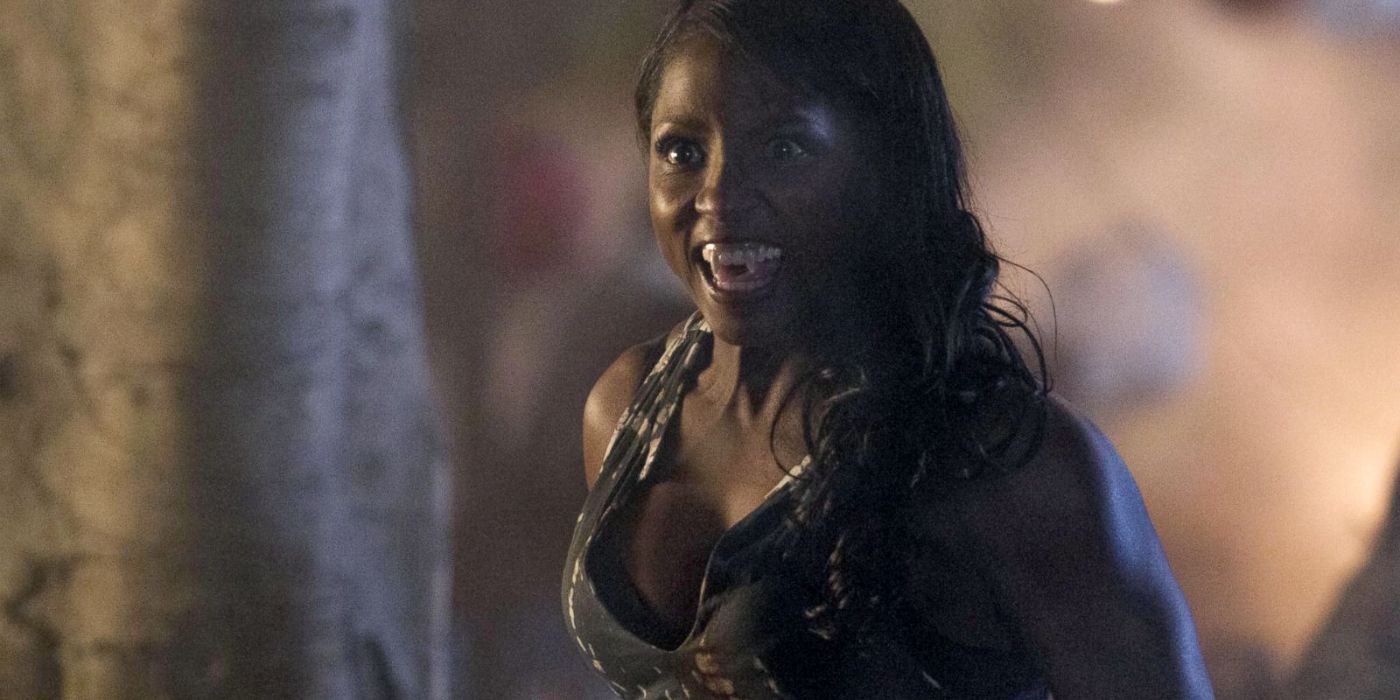
Initially a promising, complex character searching for belonging, Tara suffered ceaseless misfortune and trauma from abuse to becoming a vampire against her will. Despite her strong introduction, Tara was only ever utilized as a perpetual victim during the show’s run, denied any redemption or growth. Where others found love and purpose, she endured escalating torment. The refusal to evolve Tara beyond endless suffering now stands out as an exploitative choice at odds with the show’s sympathy toward supernatural beings. Upon reflection, her sole narrative function as trauma porn is an uncomfortable realization that underscores how Tara served little purpose beyond absorbing cruelty to spur others’ stories.
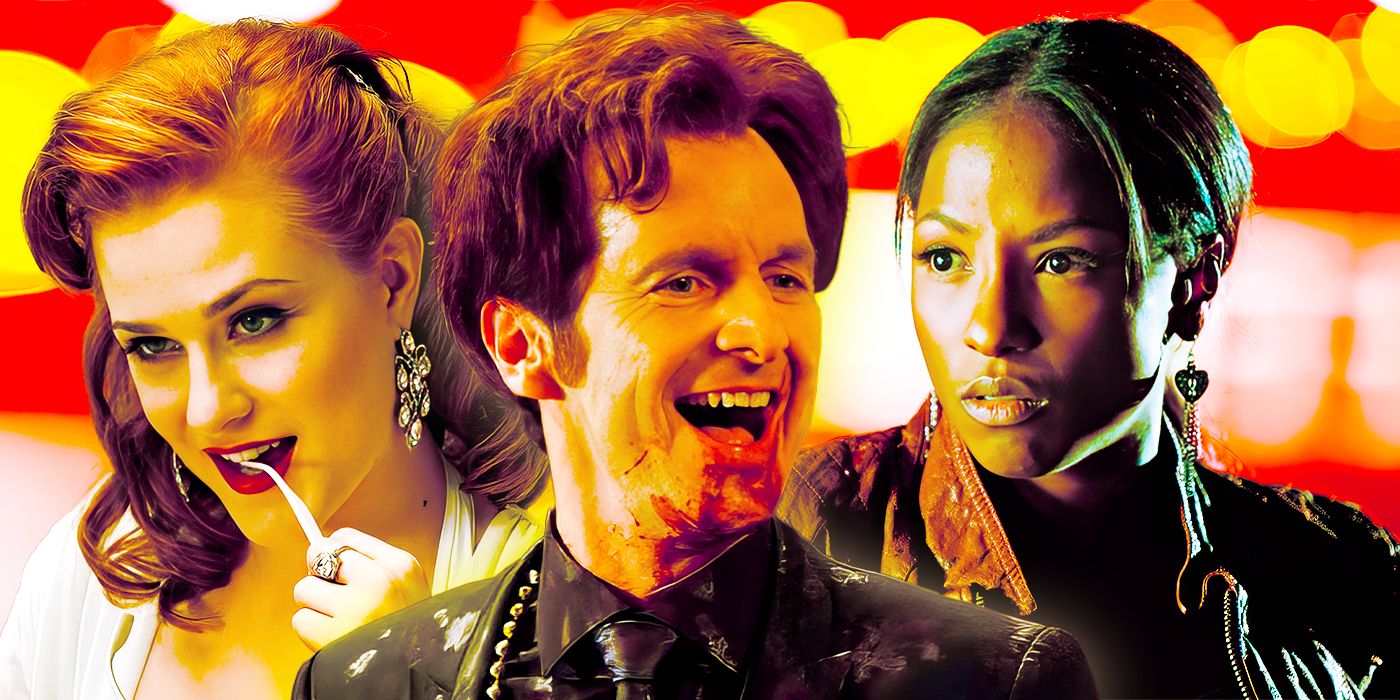
Related
10 Promising Characters That True Blood Completely Wasted
True Blood gave audiences an abundance of great characters and storylines, but there were also a number of characters that deserved much better.
8 It’s A Little Cheesy
Moments that were once exhilarating are now cringey
What once seemed tantalizing and sexy now often appears slightly cringey. In its heyday, the show’s explicit sensuality and violence resonated with the late 2000s vampire craze, offering an exciting, mature experience. Modern television’s advancements, however, have expanded beyond True Blood‘s pioneering limits. Consequently, once-provocative elements, from steamy romances to gruesome kills, now land differently in a post-Peak TV era boasting more explicit, artistic interpretations. Stripped of novelty, True Blood‘s campier aspects emerge on rewatch, revealing low production values, overwritten melodrama, and an unintended embrace of cheesiness. This shift harshly dates the execution, irrespective of the original narrative intent.
7 The Finale Wasn’t That Bad
A fitting conclusion despite initial criticism
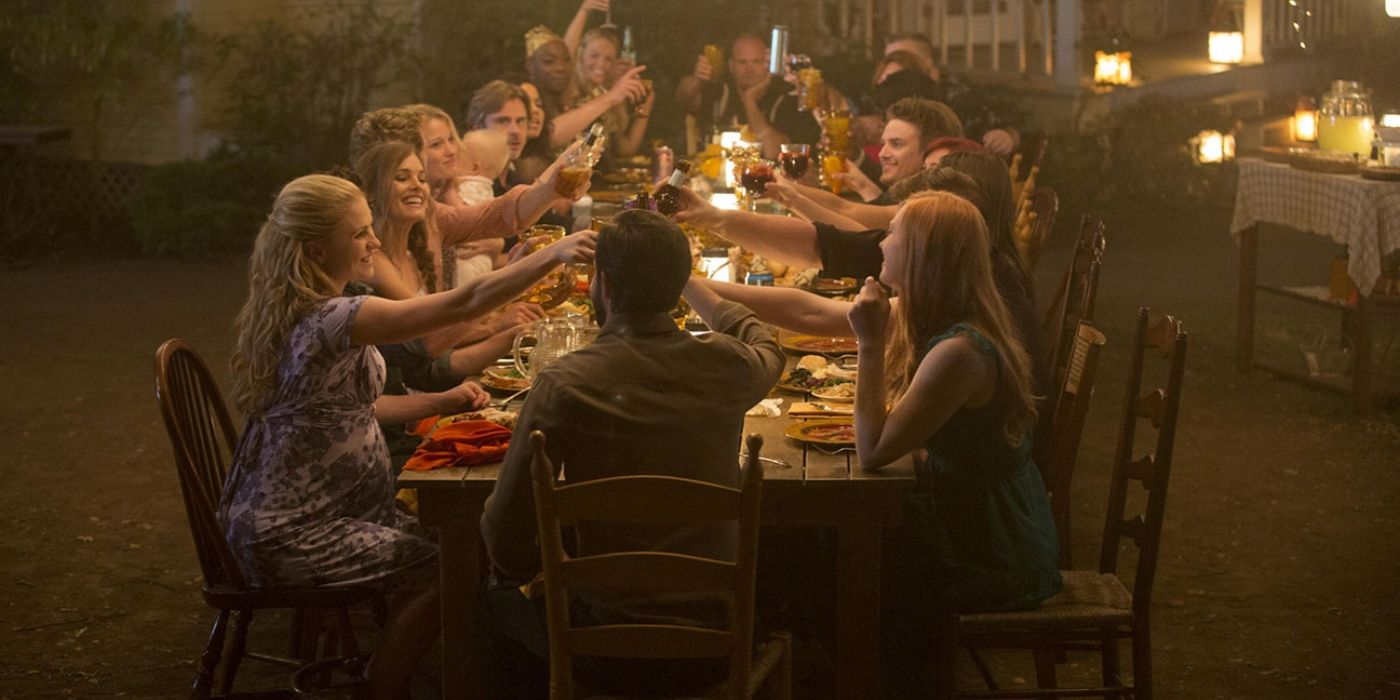
While there were many things wrong with True Blood, the series finale wasn’t one of them. It was actually a fitting ending that attempted to redeem Bill’s problematic arc and free Sookie from supernatural turmoil. Bill’s sudden return to humanity before his dramatic death aimed to rehumanize him after seasons of villainous acts. Though a hastily constructed redemption arc couldn’t fully overcome his past abusive actions, it provided appropriate closure. Likewise, having Sookie take Bill’s life to ultimately marry a normal human aligned with the show’s initial premise, despite convoluted intervening soulmates. Given impossible expectations, the final hour tidily wrapped relationship threads and themes in a logical, full-circle way.
6 Hoyt Fortenberry Wasn’t A Good Guy
Misogynistic and violent traits upon reexamination
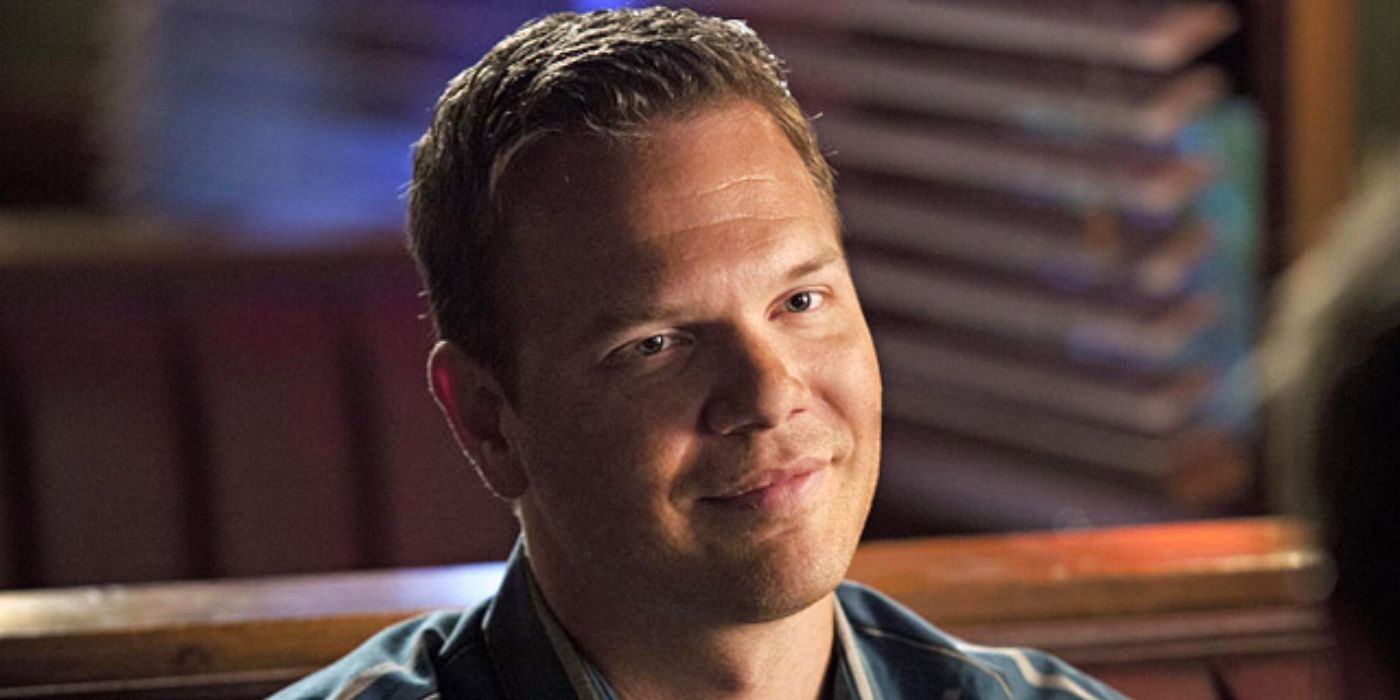
In True Blood, Hoyt, initially portrayed as Jason Stackhouse’s amiable friend, takes on a troubling character upon reexamination. Post-breakup with vampire teen Jessica, his demeanor turns misogynistic, abusive, and alarming, even deriving pleasure from threatening her life. The significant age gap in their romanticized relationship raises concerns, but Hoyt’s expectations of domesticity despite Jessica’s discomfort, coupled with later alignment with a hate group to control her autonomy, dismantles the “nice guy” mythos in a way that has aged poorly. The absence of repercussions for his manipulative and murderous actions reflects a worrisome normalization of violence against women, underscoring True Blood‘s latent regressive gender attitudes that have become clearer over time.
5 Eric and Pam’s Relationship Was Pure
A healthy relationship despite the show’s penchant for toxicity
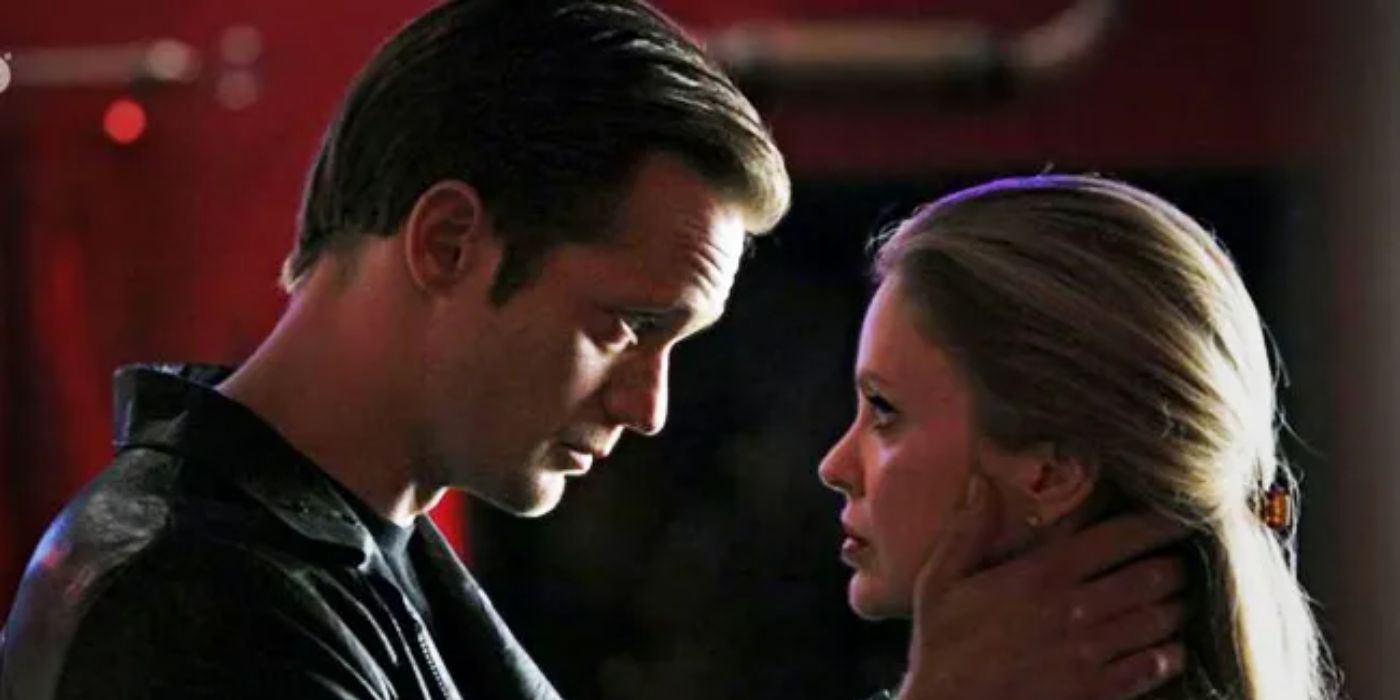
In contrast to frequently exploitative relationships, vampire progenitors Eric and Pam’s bond emerges as profoundly loving when reevaluating True Blood. As maker and offspring, their patient devotion persists across disputes, reflecting a familial connection rare for the show’s sexualized vampirism. From Pam searching high and low in season 7 to find a disenchanted Eric to their collaborative management of Fangtasia, their partnership transcends convenience or obligation. It is a testament to unconditional love. This genuineness especially highlights Eric’s ultimate selflessness in releasing Pam so she can flourish independently. Tempered by tenderness and respect, Eric and Pam’s kinship stands apart as True Blood‘s most ethical model for intimacy’s complexity.
4 Bill and Sookie’s Relationship Was Toxic
A couple that didn’t need to be together
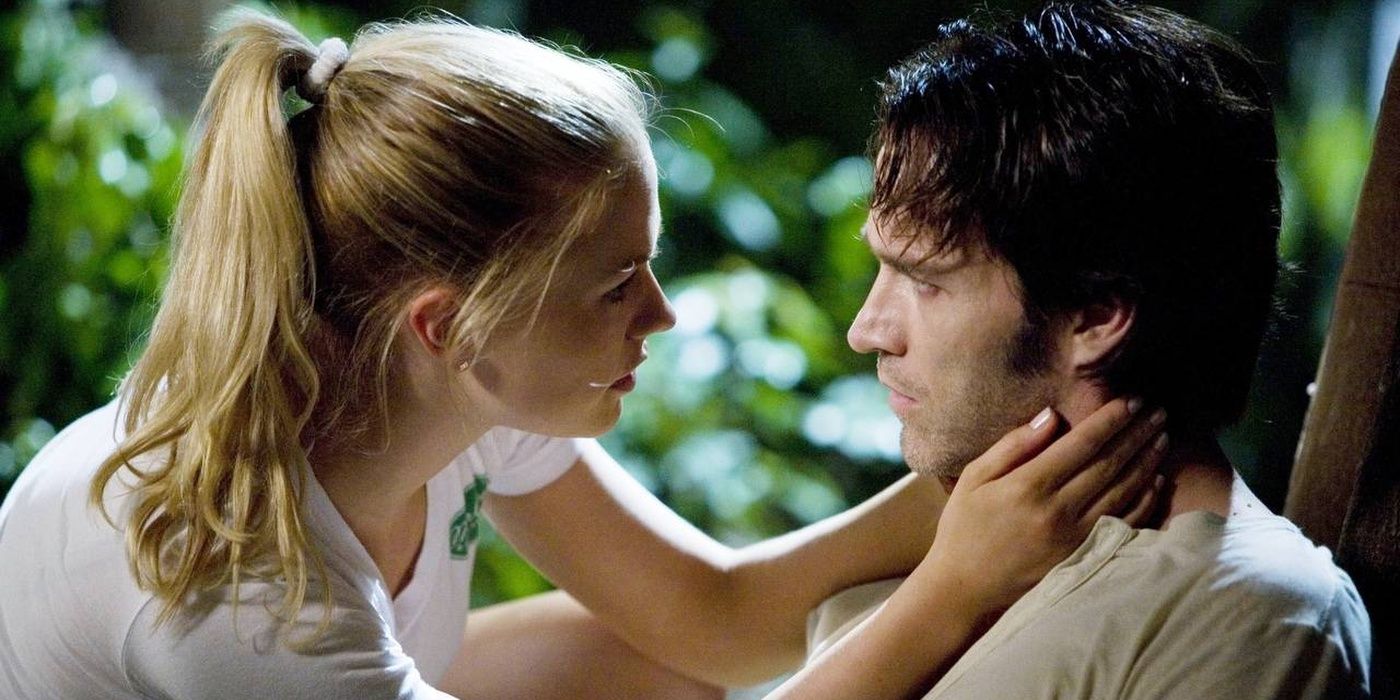
Upon closer examination, the once captivating, if not troubled affair between Sookie and Bill reveals some disturbing nuances. Bill’s calculated deception, possessiveness, and disregard for collateral damage dominate their dynamic. From manipulating Sookie through early trauma to targeting her loved ones out of jealousy post-breakup, Bill’s abusive tendencies starkly contrast with Sookie’s repeated forgiveness. The final-season reconciliation, despite his attack on her brother Jason, underscores the show’s problematic portrayal of male violence for dramatic effect. The central romantic arc, once framed as destined, now exposes glaring toxicity that has not aged well, turning their relationship into a toxic stain rather than the passionate will-they-won’t-they that was once loved.
3 Sookie Only Cared About Herself
Zero regard for how her choices affect others
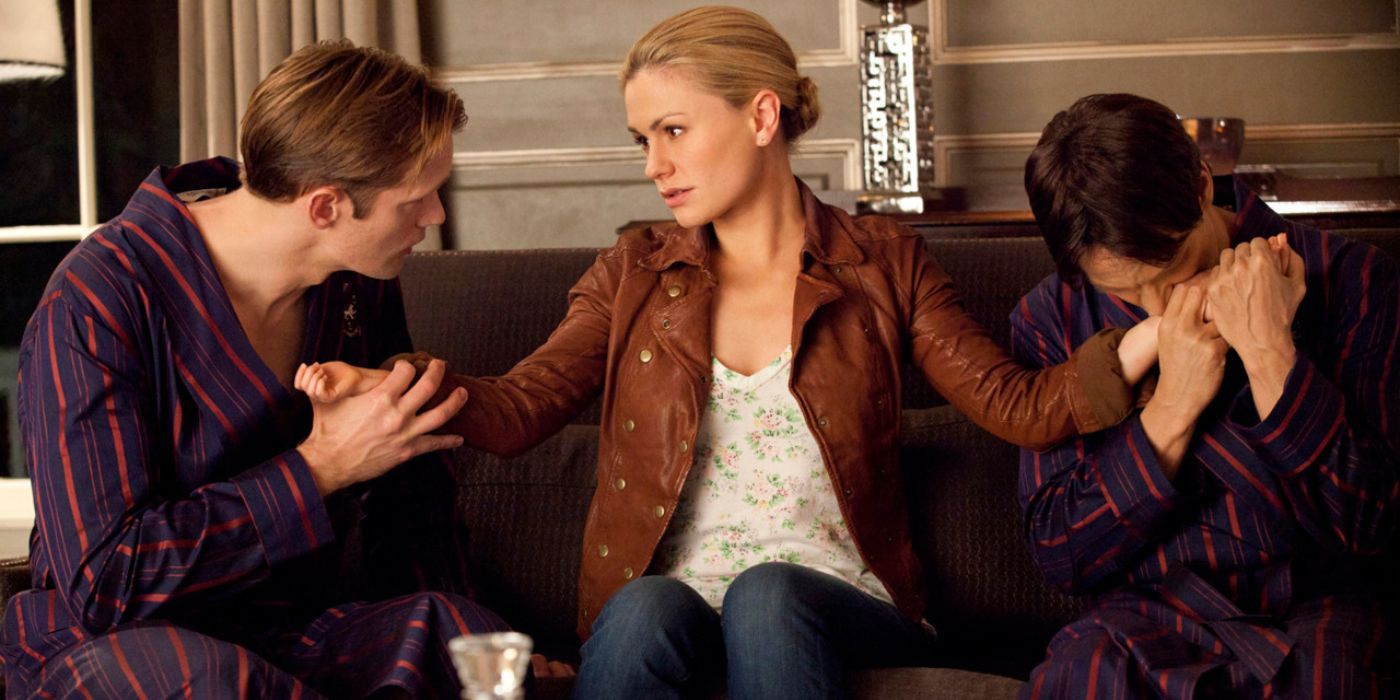
In retrospect, Sookie’s characterization is that of a deeply selfish protagonist who continually puts others at risk. Her empty displays of bravado when confronting supernatural forces come at the expense of those forced to ensure her safety. Sookie’s rash actions, from thoughtlessly endangering Jessica to an ill-advised affair with Alcide that leads to Tara’s death, have grave consequences for those around her. However, she rarely demonstrates accountability or remorse afterwards. While initially positioning Sookie as an independent heroine, her transparent hypocrisy in relying on stronger allies to shield her from backlash paints her more as a self-absorbed vigilante.
2 Sarah Newlin Got What She Deserved
Her self-serving bigotry knew no bounds
As one of True Blood‘s most powerful villains, Sarah Newlin administered immense suffering, from envisioning vampire concentration camps to creating the lethal Hepatitis V virus. Therefore, Sarah’s ultimate fate, imprisoned in Fangtasia’s basement, continuously fed on by vengeful vampires, and hallucinating torment by her late ex-husband, serves as fitting karmic justice. The visceral horror of her ending, condemned to endless torture by those she persecuted, now seems a fitting punishment given the show’s frequent forgiveness of its antagonists’ misdeeds. Upon reflection, Sarah’s cruel sentencing, while extreme, serves as long-overdue retribution for someone who long-evaded facing consequences for her callous fanaticism.
1 Lafayette’s Potential As A Character Was Wasted
A fan favorite that should have been a bigger character
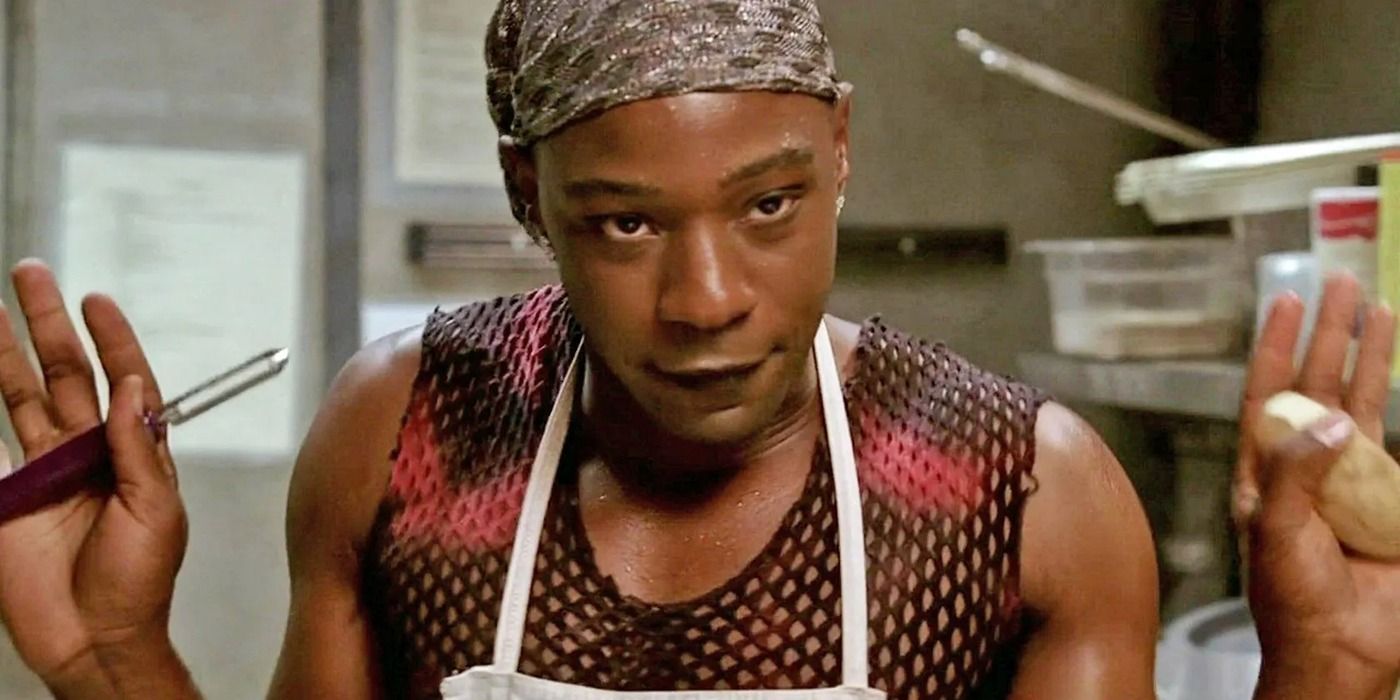
Of True Blood‘s standout characters, few popped as vibrantly as the fierce, flamboyant medium Lafayette. As a rare openly gay Black lead on 2008 TV, his swaggering confidence and sharp tongue made him an inspirational fan favorite. However, though remaining beloved throughout, Lafayette suffered from decreasing character development as seasons wore on. Despite rich potential for further complexity, he was too often sidelined, becoming a device for one-liners lacking meaningful substance. On rewatch, Lafayette’s wasted promise despite continual heavy lifting from the talented Nelson Ellis is a somber reflection of True Blood’s failure to fully capitalize on its greatest strengths.
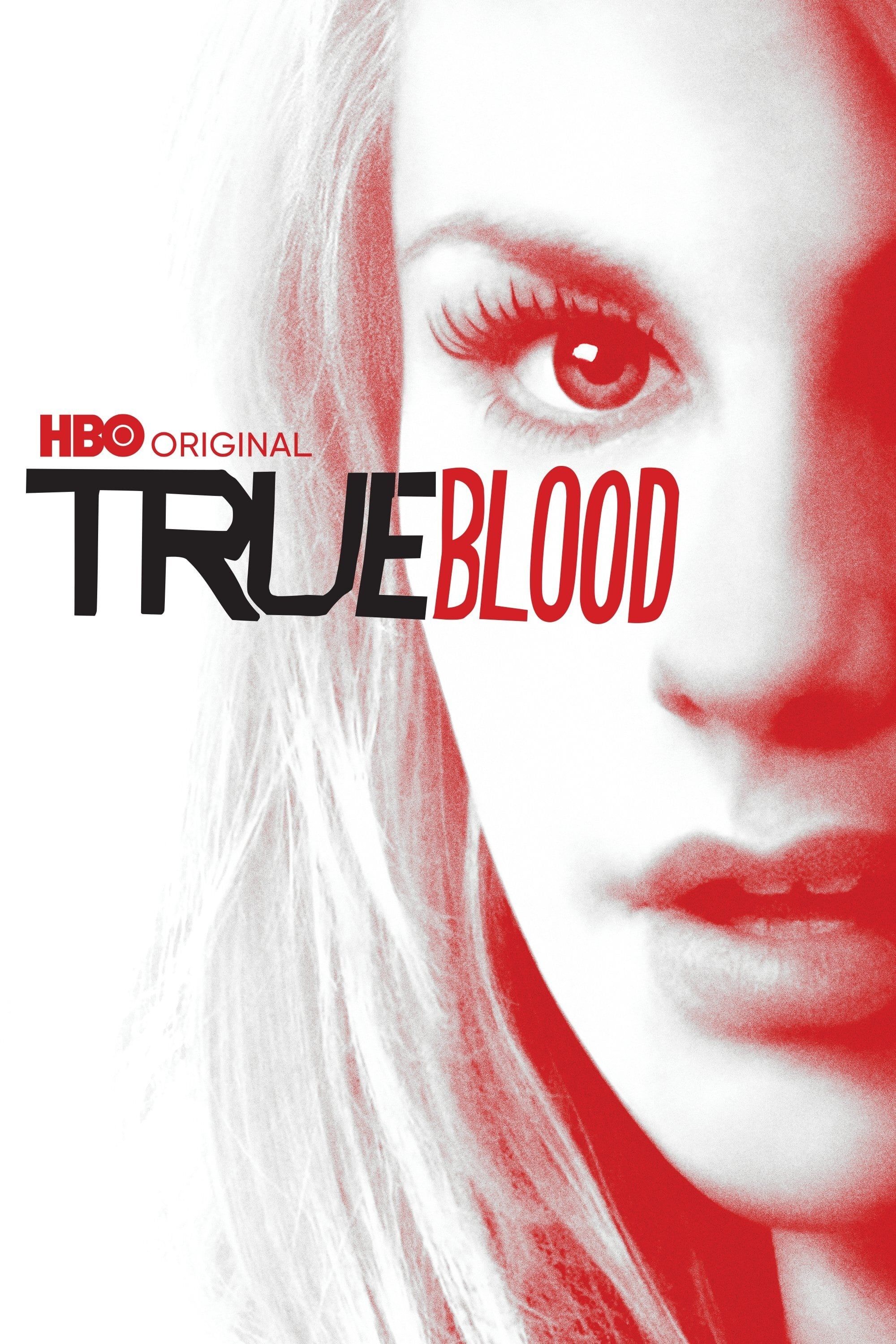
true blood
True Blood is a horror/fantasy drama series created by Alan Ball and starring Anna Paquin, Stephen Moyer, and Alexander Skarsgård. The series follows the life of Sookie Stackhouse, a waitress with telepathic powers that lives in a fictional town in Louisiana. In this town, a new synthetic “drug” has allowed vampires to escape their coffins and roam amongst the living.
- Release Date
- September 7, 2008
- Cast
- Ryan Kwanten , Kristin Bauer van Straten , Sam Trammell , Alexander Skarsgard , Stephen Moyer , Rutina Wesley , Anna Paquin , Chris Bauer
- Genres
- Drama , Supernatural , Horror , Romance , Thriller , Fantasy
- Seasons
- 7
- Streaming Service(s)
- HBO Max , Hulu , Prime Video
- Showrunner
- Alan Ball




